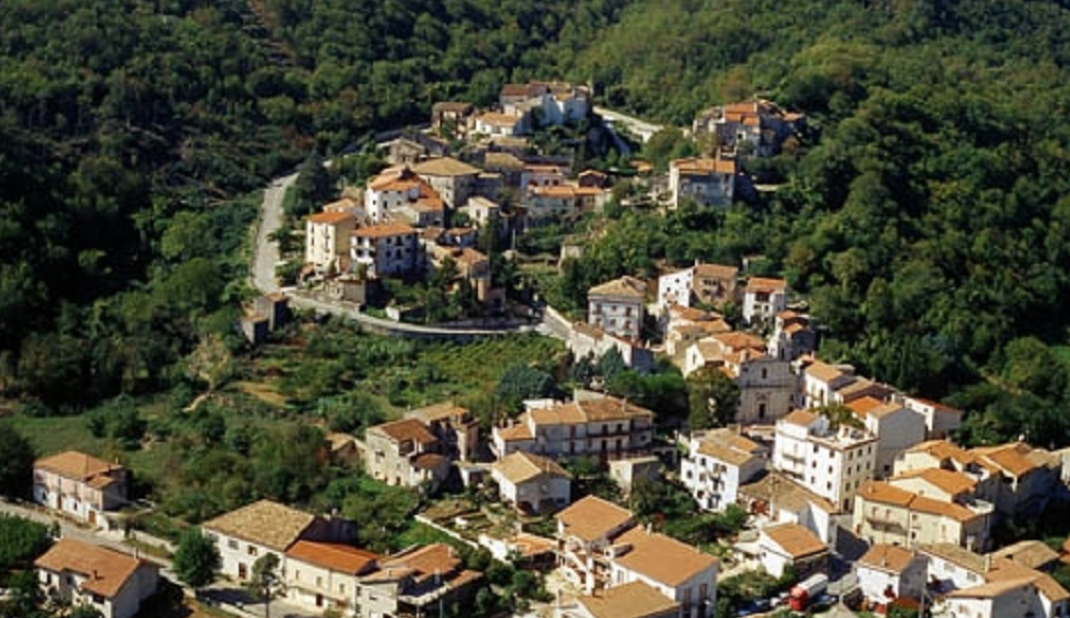

Filignano
updated: 16 Sep, 2022
Filignano’s origins go back to before the year 1000 AD. Its name can be found in an excerpt from the Volturnense Chronicle with the caption ‘Fundiliano’ which undoubtedly is its origin. It was then transformed during the Middle Ages to ‘Fondemano’ thus arriving at its present name.
The town has no coat of arms. In compensation, it enjoys the reputation for the beauty of its women; this magnificent characteristic is mentioned to correct the omission found in the history books.
The history of Filignano prior to 1528 is not known. At that time it was a possession of Girolamo Pellegrino, who gave it as a dowry to his daughter Margherita, wife of Cesare Scaglione. Margherita abandoned Filignano in 1538. In 1648, Gaspare di Montaquila was recorded as the owner of Filignano. The Montaquila family sold Filignano to the Dukes of Miranda. The Miranda family controlled the town until the end of feudalism; as detailed in writings kept at the town hall in Filignano.
In the recorded list of Mayors of Filignano are two Pacitti men, neither of whom I believe are related to me: Domenico Pacitti (1901-1902) and Romeo Pacitti (2012-2013).
Filignano has been farming land since time immemorial and in 1807 it was a hamlet of Pozzilli. Filignano was included in the District of Piedimonte and the Governorship of Venafro. In 1840, it was declared a town in its own right and in 1861 became part of the Province of Molise, in the District of Isernia.
A provincial road goes through the ancient rural countryside of the municipality. After the Selvone plain the road dives into the stunning Rio Chiaro gorge, whence it opens up to the magnificent view of the Mainarde (2140 metres).
Filignano has eight hamlets within its territorial responsibility:
Borgata Laguno, Cerasuolo, Cerreto, Collemacchia, Mennella, Trovarecce, Valle and Selvone.
The boroughs are scattered over three valleys stretching from the valley of Filignano (460m) to the ramparts of Monte Marrone (1860m).
Filignano Storia
The following information about some early Pacitti settlers at Filignano was taken from:
"Le Ceneri Di FONDEMANUM - FILIGNANO dal Sannio al 1900".
This document was researched and produced over three years of painstaking research in numerous churches and archives,
by Mario Coia, Filignano 2010-2013
Questo docuemento era ricercato e prodotto durante tre lunghi anni fatti di ricerche e viaggi con la macchina nelle chiese piu sperdute del Molise e altrettanti archivi,
da Mario Coia, Filignano 2010-2013
The first Pacitti settlers were recorded in Filignano at the end of the 17th century:
SELVONE
I primi coloni di Selvone erano già presenti sulle colline del “selvone” intorno al 1630. L’elenco consultabile e a noi pervenuto per mezzo delle successioni del Feudo ci conduce a famiglie giunte da S. Giuseppe di Picinisco.
Appena dopo i Capaldi, da Valle Fossa di Cerasuolo giunsero:
PACITTI Mattia N. 22-6-1680 con la moglie VERRECCHIA Antonietta N. 4-4-1678
TERRITORIO DI CERASUOLO
VALLE LA FOSSA
Le fontane Abitato
Si raggiungeva attraverso le Terre di Senaldi.
Dal “Registro delle Anime” risulta l’arrivo da Picinisco di tre fratelli PACITTI con le loro famiglie: Cosmo, Mattia e Silvestro.
PACITTI Cosmo N. 24-9-1643 e moglie PELINO Maria N. 9-8-1642; i figli registrati:
Teresa moglie di COYA Antonio N. 19-8-1664
Lorenzo N. 14-8-1670
Caterina Maria N. 25-7-1678
Mattia marito di VERRECCHIA Antonio N. 22-6-1680
Agostino Giovanni N. 22-6-1680 deceduto
Download a copy of Filignano Storia here ===>
Filignano Storia - Mario Coia: download
Open a copy of Filignano Storia in a new tab here ===>
Filignano Storia - Mario Coia: new tab

